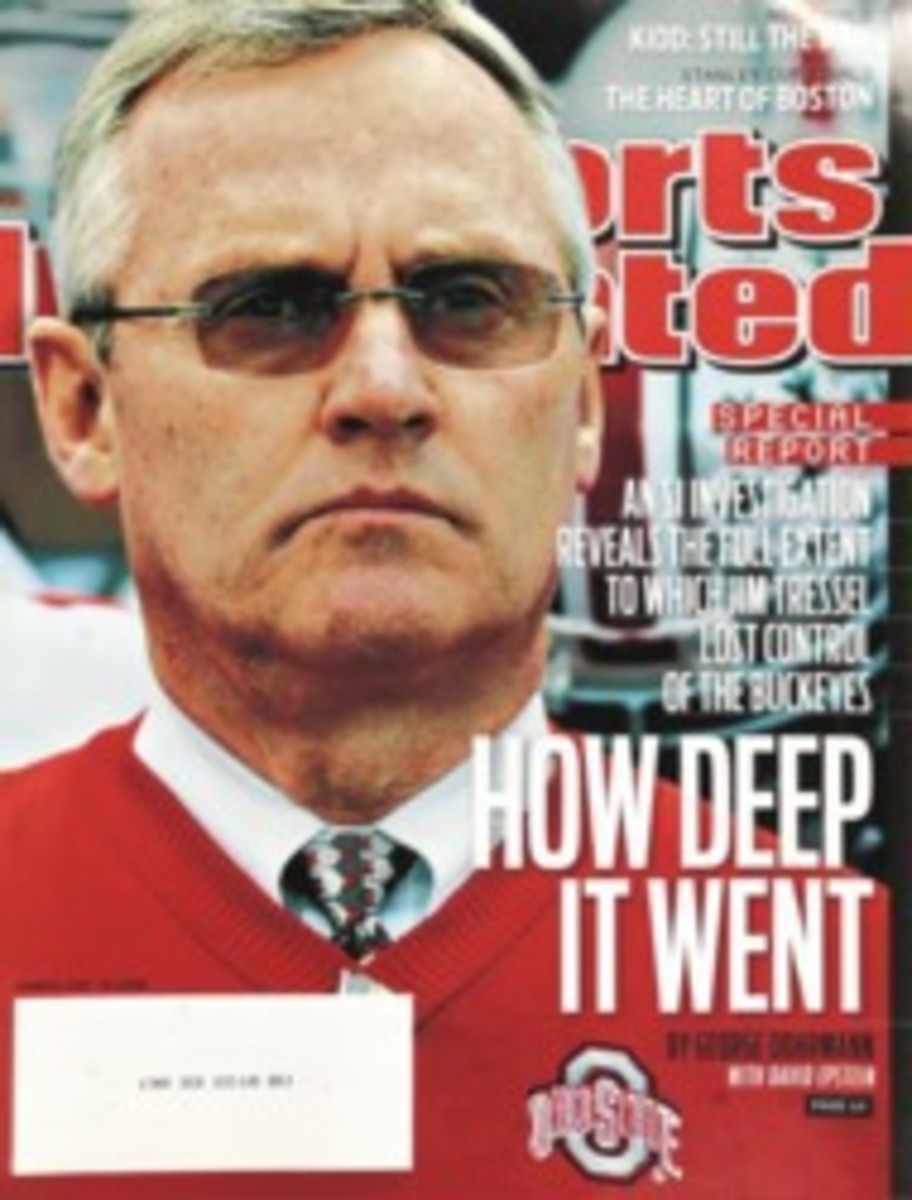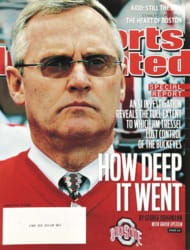
No. 1 Problem
Deciding which was the greatest era in women's tennis—the days of Chrissie and Martina? Seles and Graf? Hingis, Davenport and the Williams sisters?—is nearly impossible. But there should be no disputing the worst. It's right now, and the 2011 French Open is Exhibit A. Injuries have forced out Venus and Serena Williams and Justine Henin, three of the game's premier talents.
No. 2 Kim Clijsters hurt her ankle dancing at an April wedding, then lost to 114th-ranked Arantxa Rus in the second round in Paris. A day later Caroline Wozniacki, No. 1 for the last 33 weeks yet still seeking her first major title, lost to career punching bag Daniela Hantuchova in 73 minutes and then declared nonsensically, "I know I'm a great player."
No Open-era Grand Slam event had lost its top two seeds before the round of 16, and on Sunday seed No. 3, Vera Zvonareva, crashed out too. Some call such churn typical of a change in eras, but Wozniacki, 20, is only the latest of many anemic No. 1s. Since 2008 a clutch of pretenders has failed to fill the Serena void. Jelena Jankovic and Dinara Safina couldn't consolidate their rise to the top with a major title. Ana Ivanovic won the French Open in '08, hit No. 1 and then plummeted.
"It's just a state of disarray," says former No. 1 Lindsay Davenport. "The person stepping up, you never get the feeling she's championship material for the long haul."
Why? Some blame poor coaching; others say lengthy absences by top players such as Serena Williams, Henin, Clijsters and Maria Sharapova elevated second-class players beyond their level. "The ones who are at the top now," says TV analyst Pam Shriver, "are not supposed to be there." And then, say Davenport and coach Nick Bollettieri, there's the unintended effect of the Jennifer Capriati rule. In 1995 the WTA instituted age limits—no turning pro until 15, and a limited number of tournaments until 18—to prevent teen burnout. But the rule also means younger players are denied the talent-tempering experience that only match play can bestow.
The result: great story lines about perspective-laden older players—Clijsters, soon to be 28; last year's French Open champ, Francesca Schiavone, almost 31; and Sharapova, a veteran at 24, who emerged from last week's carnage as a tournament favorite. That the trophy might be raised by a hard-court queen who had won only three clay-court events and once described herself on the surface as "a cow on ice" said plenty about the state of women's play.
"We went through a change in the late '90s before Venus and Serena got to their highest level, but that took only a year or two," says Davenport. "It seems like we've been stuck in this phase for years now. With no end in sight."
Now on SI.com
The latest from Roland Garros plus Jon Wertheim's Tennis Mailbag at SI.com/tennis
DROP SHOTS
Fuzzy Logic
The harder, faster, less fuzzy Babolat ball at this year's French Open has prompted the usual gripes, except from the man who figured to be affected the most. "You don't want to blame the balls for my mistakes," said the men's top seed, Rafael Nadal. "They suit my game." Then again, Nadal is sponsored by Babolat.... A tip of the chapeau to Patty Schnyder, the eccentric—is there any other kind?—lefthander who beat nearly every big name, never won a major and retired last week after 17 years. "She played this cat-and-mouse game, and sometimes you just felt like the silly mouse," said Maria Sharapova.... Bernard Tomic, the lone entry from Australia in the French Open men's draw, lost in the first round. It was the worst showing by the traditional tennis power at a major since 1925.
PHOTO
ANTOINE COUVERCELLE/DPPI/ICON SMI (WOZNIACKI)
SORRY, GOTTA GO Wozniacki, who lost in the third round, is the third women's No. 1 in three years who hasn't won a major.
PHOTO
MATTHEW STOCKMAN/GETTY IMAGES (TOMIC)

